You're probably here because you've noticed something unsettling.
Customers buy from you once, maybe twice, and then... nothing.
They ghost you.
And you're wondering if this is normal or if you're doing something wrong.
Churn happens to everyone in ecommerce.
But most store owners have no idea what their churn rate actually is, let alone whether it's good or bad.
They're just watching customers disappear into the void, month after month, wondering why growth feels like pushing a boulder uphill.
So what's a "normal" churn rate for an ecommerce business?
And more importantly, what does your churn rate actually tell you about the health of your store?
Let's dig into what the data actually says—and what you should be paying attention to in your own business.
What Is Churn Rate in Ecommerce?
Let's get clear on what we're actually talking about here.
Churn rate is the percentage of customers who stop buying from you over a specific period.
They were customers, now they're not. Simple as that.
In subscription businesses, this is pretty straightforward—someone cancels, they've churned.
But in traditional ecommerce, it gets a bit messier.
When does a customer officially "churn"? After three months of no purchase? Six months? A year?
If you're selling coffee beans, a customer who hasn't ordered in three months has probably moved on.
But if you sell furniture, three months without a purchase is completely normal—nobody's buying a new couch every quarter.
Here's the basic formula:
Churn Rate = (Customers Lost During Period / Total Customers at Start of Period) × 100
So if you started the month with 1,000 customers and lost 50 of them, your monthly churn rate is 5%.
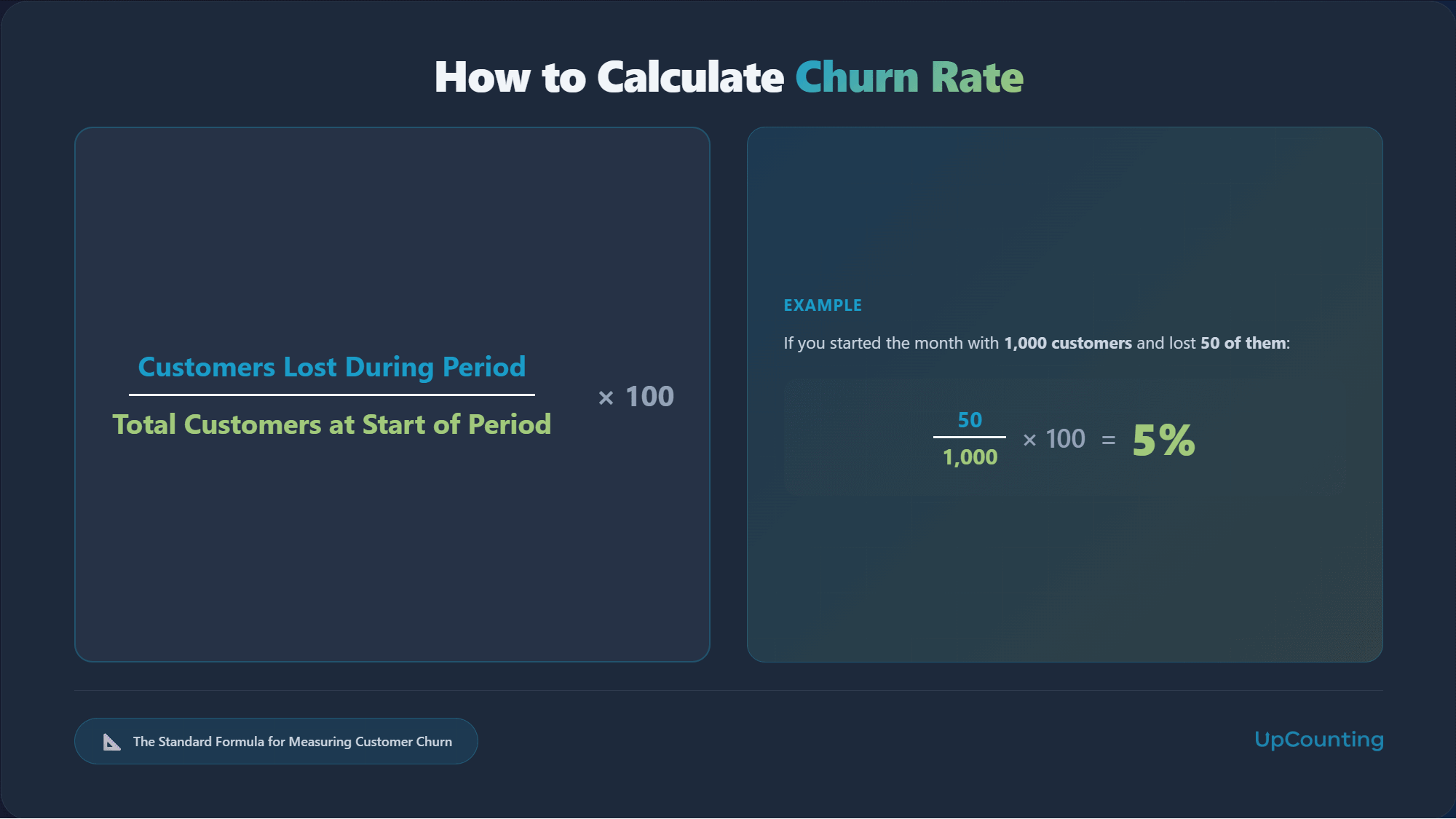
The Average Churn Rate for Ecommerce
For traditional ecommerce stores—the ones where customers make one-time purchases and you're trying to get them to come back—the average annual churn rate sits around 70-75%.
Yeah. Read that again. Roughly three out of every four customers who buy from you this year won't buy from you again next year.
This comes from Omniconvert's analysis of over 1,000 online stores, tracking whether customers returned after their initial purchase.
Across categories like apparel, beauty, electronics, and home goods, the vast majority of customers buy once and ghost.
But here's where it gets interesting:
If you're running a subscription ecommerce business, the numbers look completely different.
According to Recurly's 2025 analysis of over 2,200 merchants and 67 million subscribers, the average monthly churn rate for subscription ecommerce is 3.4% when you account for both voluntary cancellations and involuntary churn from failed payments.
For consumer goods and retail specifically, that's 4.1% monthly.
Break that down and you've got:
- Voluntary churn (people actively choosing to cancel): 2.5% average, 3.3% for consumer goods & retail
- Involuntary churn (failed payments, expired cards): 0.9% average, 0.8% for consumer goods & retail
So roughly a quarter to a third of subscription churn isn't people wanting to leave—it's technical failures. Payment issues. Expired credit cards. Things you can actually fix.
Average eCommerce Churn Rate by Industry
Not all ecommerce businesses churn at the same rate. What you're selling—and who you're selling it to—makes a massive difference.
Here's where it gets interesting: subscription ecommerce and traditional ecommerce operate in completely different worlds when it comes to churn.
Subscription Ecommerce Churn Rates
If you're running a subscription model, here's how the numbers break down (monthly churn rates from Recurly's 2024 data):
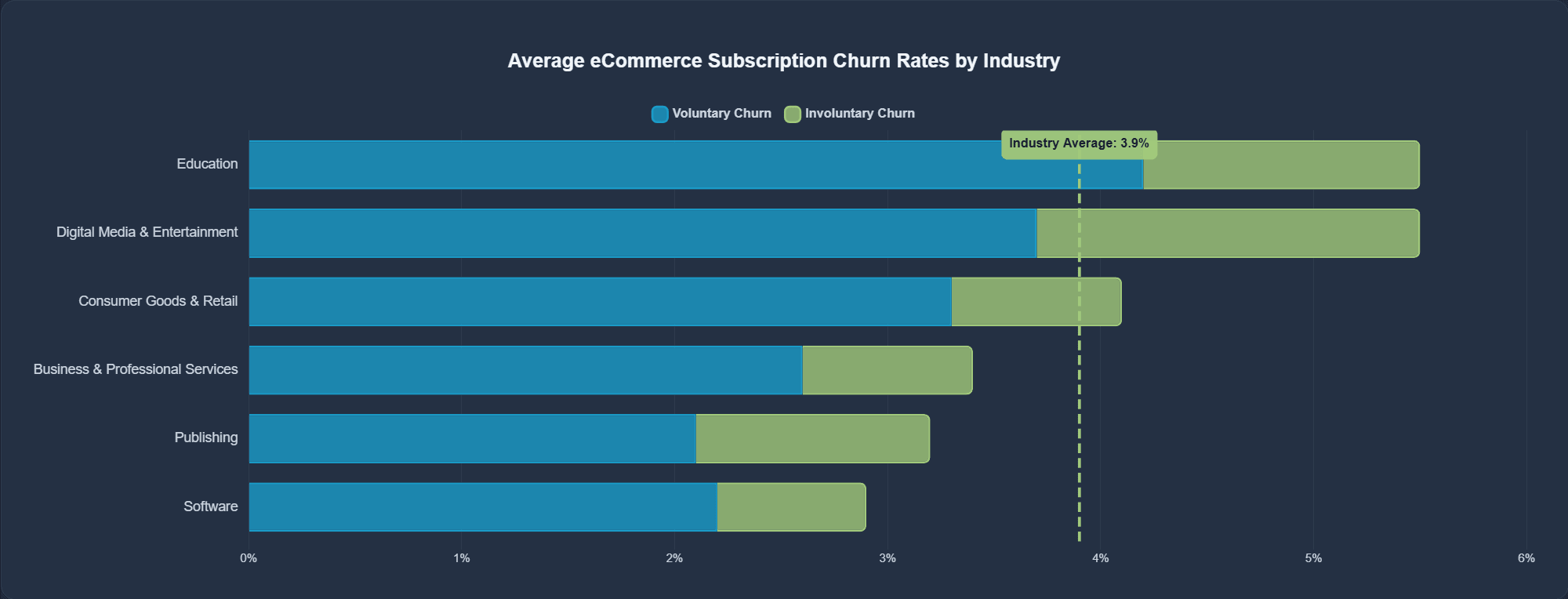
Education: 5.5% (4.2% voluntary + 1.3% involuntary)
The highest churn rate on the list. Makes sense—people finish courses, budgets get tight, priorities shift. Educational subscriptions are often time-bound by nature.
Digital Media & Entertainment: 5.5% (3.7% voluntary + 1.8% involuntary)
Streaming services, gaming platforms, digital content—these see high churn but also high reactivation. People binge, cancel, come back for new content. It's cyclical.
Consumer Goods & Retail: 4.1% (3.3% voluntary + 0.8% involuntary)
This is your subscription boxes, consumables, replenishment products. Mid-range churn, and notably lower involuntary churn than entertainment.
Business & Professional Services: 3.4% (2.6% voluntary + 0.8% involuntary)
B2B subscriptions are stickier. Switching costs are higher, and businesses are more predictable buyers.
Software: 2.9% (2.2% voluntary + 0.7% involuntary)
The lowest churn across the board. Once software is integrated into workflows, it's hard to leave. High switching costs = lower churn.
Publishing: 3.2% (2.1% voluntary + 1.1% involuntary)
Newspapers, magazines, newsletters. Relatively low voluntary churn, but higher involuntary—possibly older demographics with more payment issues.
The lesson here?
Don't compare your skincare subscription box to a SaaS platform.Compare apples to apples.
If you're in consumer goods and sitting at 4% monthly churn, you're right on target. If you're at 8%, you've got work to do.
Context matters more than the number itself.
Traditional eCommerce Churn Rates
But what if you're not running subscriptions? What if you're just trying to get people to come back and buy again?
The picture changes dramatically.
Omniconvert analyzed data from over 1,000 online stores to understand annual customer retention—or more specifically, how many customers made one purchase and never came back. These are annual churn rates, meaning the percentage of customers who didn't return within a year of their first purchase:

Beauty and Fitness: 62% Nearly two-thirds of customers buy once and disappear. Even in a category where products run out and need replacing.
People and Society: 63%
Food and Drinks: 64% You'd think consumables would perform better, but even food has a 64% annual churn rate.
Health: 65%
Books and Literature: 69%
Pets and Animals: 70% Pet supplies are recurring by nature, yet 70% of customers don't come back. That should tell you something about the retention challenge.
Sports: 70%
Apparel: 71%
Home and Garden: 75%
Toys and Hobbies: 77%
Shoes: 78%
Apparel Clothing Accessories: 79%
Consumer Electronics: 82% High ticket, infrequent purchases. Makes sense that churn is high—people aren't buying new laptops every year.
Gifts and Special Events: 82% The highest churn of all. People buy a gift, they're done. No reason to return until next year's occasion, if ever.
What This Actually Tells You
Notice the difference? Subscription businesses see 3-5% monthly churn. Traditional ecommerce sees 60-80% annual churn.
Why? Because subscriptions build in the repeat purchase. Traditional ecommerce has to earn it every single time.
If you're in apparel and sitting at 71% annual churn, you're not failing—you're average. But that also means only 29% of your customers are coming back.
So the question isn't whether your churn is "good" or "bad"—it's whether you're doing anything intentional to move that needle.
Context matters more than the number itself. Compare yourself to businesses that look like yours. And then ask: what would it take to beat the average?
Why Ecommerce Churn Rates Are Higher Than Other Industries
If you've ever looked at churn rates across different business models, you've probably noticed something: ecommerce gets hit harder than most.
SaaS companies often see churn rates around 3-5% annually. Banks and insurance? Even lower.
But ecommerce—especially consumer-facing ecommerce—sits in that 3-5% monthly range. That's 10x higher.
So what's going on? Why is it so much harder to keep ecommerce customers around?
Switching is frictionless.
This is the big one. Leaving your bank is a pain in the ass. Canceling your insurance requires phone calls and paperwork. Switching software means migrating data, retraining your team, dealing with integrations.
But leaving an ecommerce brand? One click. Done.
There's no contract. No exit interview. No hoops to jump through. Your competitor is literally one Google search or Instagram ad away. The barrier to leaving is zero, so people leave.
Acquisition is too easy.
Here's the uncomfortable truth: it's often easier to acquire a new customer than to retain an existing one in ecommerce. Run some Facebook ads, offer a discount, boom—new customers.
So a lot of brands optimize for acquisition and treat retention as an afterthought.
They dump money into the top of the funnel and wonder why it leaks out the bottom.
The entire industry has been conditioned to play the acquisition game, and retention gets neglected until the numbers start hurting.
There's no relationship.
You're not walking into a store where someone knows your name. There's no face-to-face interaction. No handshake. No human connection.
It's a transactional relationship by default. Customer buys thing, thing shows up, end of story. And transactional relationships are easy to walk away from.
Unless you're actively building something deeper—through content, community, personalization, or just consistently great experiences—you're just another store. And another store can replace you tomorrow.
Competition is infinite.
In the physical world, competition is limited by geography. You've got maybe 3-5 stores near you that sell what you need.
Online? There are hundreds. Thousands.
All fighting for the same customer, all one click away, all running their own promotions and ads. The competition isn't just fierce—it's endless.
And customers know this. They know they have options. So loyalty is harder to earn and easier to lose.
The product might just be... done.
Not every product is recurring by nature. Someone buys a couch, they don't need another couch for 10 years. They buy a winter coat, they're set for a few seasons.
Even with consumables, people's needs change.
They finish their fitness journey and don't need the supplements anymore. Their kid outgrows the clothing subscription. Life moves on.
Some churn isn't about you doing something wrong—it's just the natural lifecycle of the product.
So what does this mean for you?
It means retention has to be intentional.
You can't just assume people will stick around because they bought once.
You have to give them reasons to come back. Build the relationship. Make leaving feel like a loss, not just a neutral switch.
Because in ecommerce, the default is churn. Retention is what you fight for.
How to Account for Churn
Here's what most ecommerce owners get wrong: they track churn as a vanity metric. They know the number exists, they might even know what their churn rate is, but they don't actually build it into their financial planning.
And that's a problem.
Because churn isn't just a retention issue—it's a financial planning issue. If you're not accounting for churn in your unit economics, your entire business model is built on quicksand.
Churn Changes Everything About Your Numbers
Let's say your average Customer Acquisition Cost (CAC) is $50. Pretty standard for ecommerce. Your average order value is $75. On paper, you're profitable on the first order, right?
Wrong.
If 70% of your customers never come back, you just spent $50 to make $75 once. That's a $25 gross profit—before you account for product costs, shipping, payment processing, overhead, and everything else.
Now factor in your actual margins. Let's say your product costs $30, shipping is $8, and payment processing eats another $2.50. Your real profit on that first order? About $14.50.
So you spent $50 to make $14.50. You're $35.50 in the hole on every customer who churns after one purchase.
This is why lifetime value (LTV) matters more than first-order profitability.
If your average customer makes 2.5 purchases over their lifetime (meaning 60% churn after the first purchase, and gradual drop-off after that), and your average order value is $75, you're looking at roughly $187.50 in revenue per customer.
Minus CAC of $50, minus COGS and fulfillment across those orders, you might net $50-60 per customer over their lifetime. That's workable. Not amazing, but workable.
But if 75% of customers never come back? Your LTV collapses. And suddenly that $50 CAC isn't sustainable.
Factor in Return Rates
Now let's talk about returns—because they make the math even uglier.
The average ecommerce return rate sits around 20-30% depending on your category. Apparel? Often 30-40%. That's not just lost revenue—it's lost revenue plus the cost of processing the return, restocking, and potentially dealing with damaged or unsellable inventory.
If you're spending $50 to acquire a customer, 25% of them return their order, and 70% never buy again, you're bleeding money faster than you realize.
This is why you need to model churn AND returns into your financial projections. If you're planning for 100% of revenue to stick and 100% of customers to be repeat buyers, you're setting yourself up for a brutal wake-up call when the cash flow doesn't match the forecast.
Your ROAS Isn't Telling the Whole Story
Most ecommerce brands obsess over Return on Ad Spend (ROAS). The average ROAS for ecommerce hovers around 2-4x depending on the channel—meaning for every $1 spent on ads, you get $2-4 back in revenue.
Sounds great, right?
But ROAS only measures revenue, not profit. And it definitely doesn't account for churn.
If you're hitting a 3x ROAS but 75% of your customers never come back, you're playing a losing game. You're constantly feeding the acquisition machine just to replace the customers walking out the back door.
This is the treadmill most ecommerce brands find themselves on: spend more to acquire more to replace the ones you lost, rinse and repeat, until the unit economics stop working and the business runs out of runway.
Here's what you should be tracking instead:
- CAC Payback Period: How long does it take to recover your acquisition cost? If it takes 6 months and your churn rate means most customers are gone by month 3, you've got a problem.
- LTV:CAC Ratio: You want this to be at least 3:1. If you're spending $50 to acquire a customer, they should generate at least $150 in net profit over their lifetime. Anything less and you're running too close to the edge.
- Churn-Adjusted Revenue Projections: Don't forecast revenue assuming everyone sticks around. Model in your actual churn rate and see what that does to your growth projections.
Build Churn Into Your Financial Model
If you're running an ecommerce business and you don't have churn built into your P&L, your financial model is fiction.
Here's what that looks like in practice:
Start with your cohort analysis. Track every monthly cohort of customers and see how they behave over time. What percentage buy again in month 2? Month 6? Month 12?
Then, build that decay curve into your revenue projections. If you acquire 1,000 customers this month, don't assume they all contribute to next quarter's revenue. Assume 70-75% of them are gone.
Factor in your CAC, your return rate, and your actual margins. Then ask yourself: does this business model actually work, or are we just subsidizing growth with investor money or credit lines?
The uncomfortable truth:
Most ecommerce businesses aren't profitable on a per-customer basis when you properly account for churn, returns, and acquisition costs. They're hoping to grow fast enough that volume makes up for bad unit economics.
Sometimes that works. Often, it doesn't.
So if you're serious about building a scalable ecommerce business, stop treating churn as a marketing problem and start treating it as a finance problem.
Because the numbers don't lie—and if you're not accounting for churn, your numbers are lying to you.
Do You Need a Lie Detector for Your Numbers?
Are you're looking at your P&L and something feels off?
Like the revenue looks good but the cash isn't there, or you're growing but somehow always broke?
Churn, returns, and acquisition costs have a way of hiding in plain sight until they blow up your unit economics.
We help ecommerce brands build financial models that actually account for reality. The kind where churn isn't an afterthought and your projections don't require a miracle to hit.
Curious to know if your business model actually works? Let's talk.



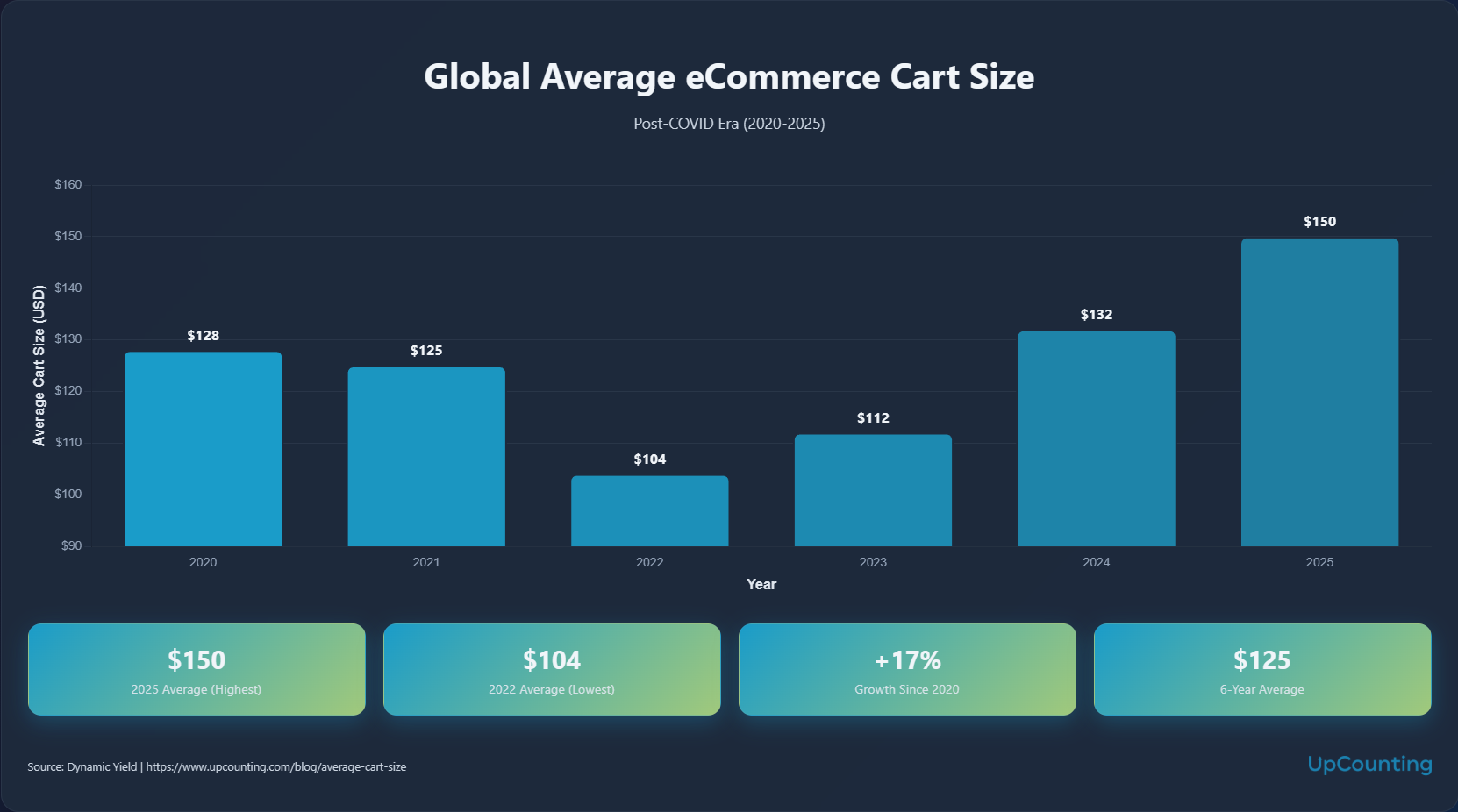
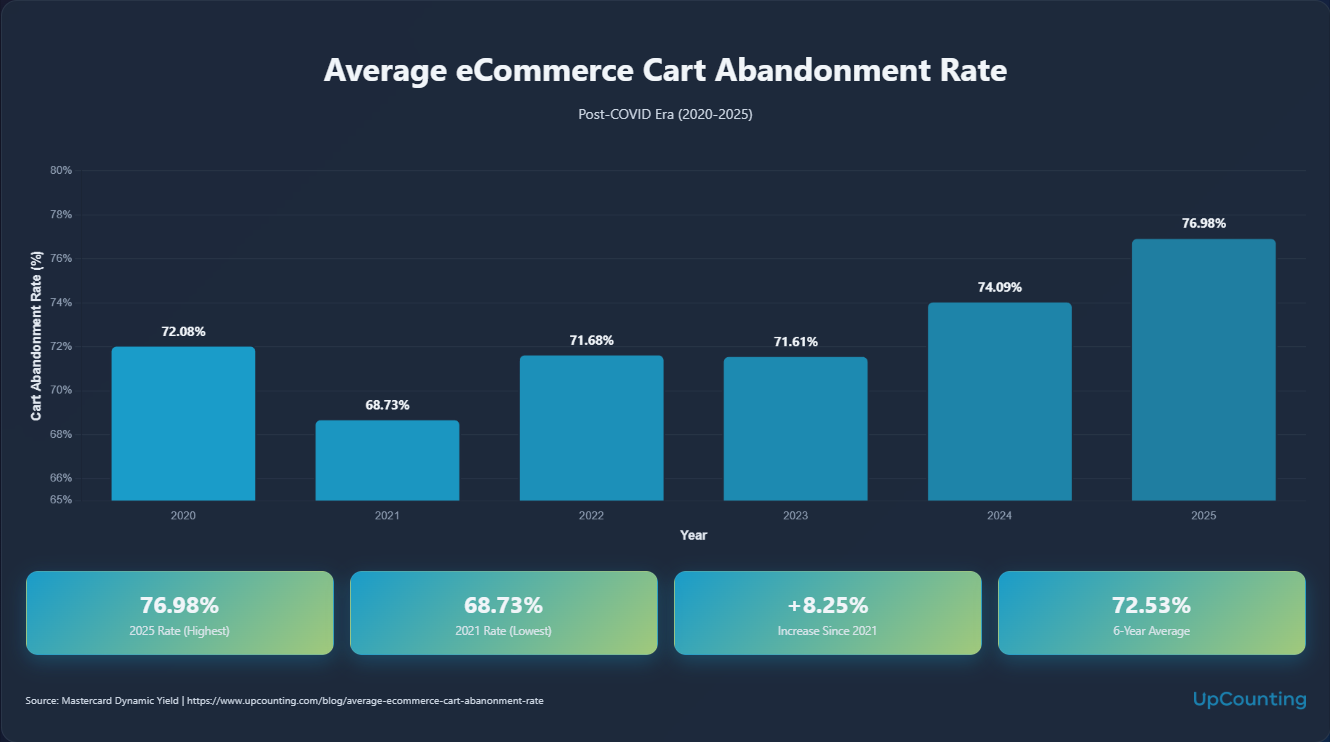
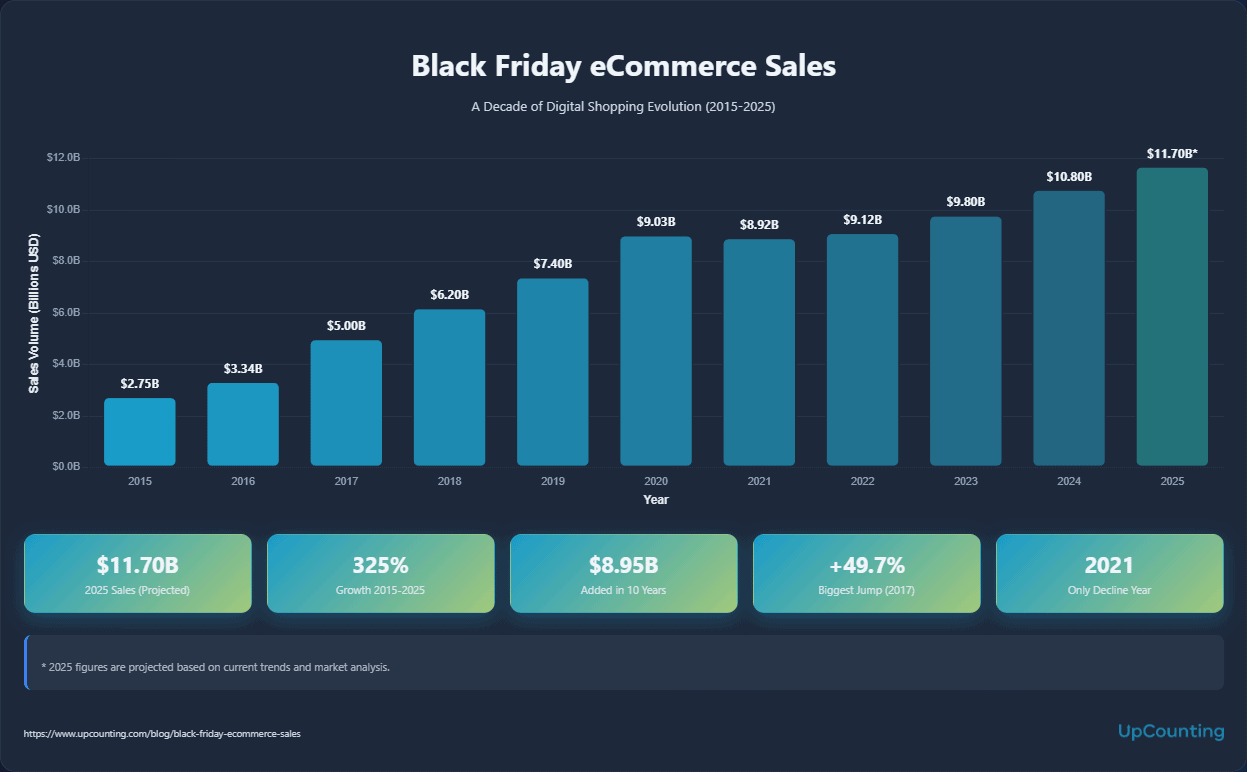
.jpg)







.jpg)
